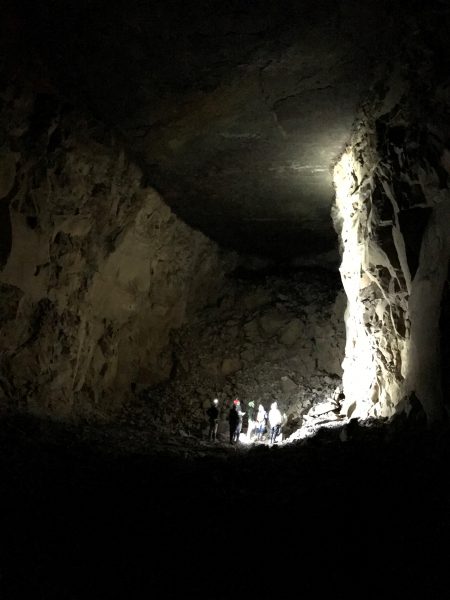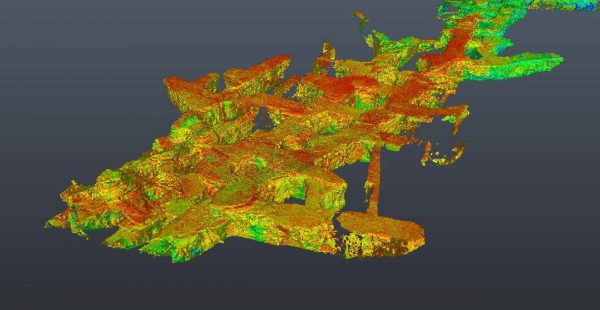In collaboration with the Pennsylvania Game Commission (PGC) and CNX Gas Company, LLC (CNX), CEC is working to enhance bat habitats at three previously closed mines and one abandoned railroad tunnel located in southwestern and northeastern Pennsylvania.

the Casparis Mine in Fayette County, Pa.
The four projects included the Casparis and Dunbar mines in Fayette County, Pa., and the Glen Lyon mine and Nuangola Railroad Tunnel in Luzerne County, Pa. The goal of these projects is to accurately map the internal workings of the mines/tunnel, drill into specific areas from the surface, and install vents that will allow for the intentional cooling of the underground works.
Bats of the Northeast have specific requirements for temperature and humidity in the hibernacula in which they overwinter. Research has shown that Pseudogymnoascus destructans, the fungus that causes White Nose Syndrome (WNS), grows best within a specific temperature range, between 54.5 and 60.4 degrees Fahrenheit. PGC has recently observed bats occupying cooler areas of caves and mines during hibernation, in a possible response to combat WNS.
Therefore, PGC has hypothesized that by having greater control over the temperature of hibernacula, they can provide winter hibernating conditions suitable for bats but below the optimum growth temperature of the fungus, thus increasing the bats’ chances of survival. The key to cooling the caves is to locate the warmer areas (or “heat sinks”) of the hibernacula and provide a release of the warmer air. Theoretically, this cooling process would benefit all species of bats that use the hibernacula. However, it is also the intent to target bat species that are especially vulnerable, such as the federally endangered Indiana bat (Myotis sodalis).
Prior to the Casparis mine survey, CEC ecologists assisted PGC in conducting a winter survey to locate and identify bat species currently occupying the abandoned limestone mine. Individual bats were identified, and rock temperatures near the bats were recorded in an effort to document roosting preferences within the mine. It became clear that the majority of bats had preferred to roost in cooler areas of the mine.
CEC’s specific work involved performing Light Detection and Ranging (LiDAR) surveys within each underground cave/mine. The raw data produced by the scanner was in the form of a point cloud with X-, Y-, and Z-coordinate values. LiDAR information gathered was then processed into an Autodesk Recap point cloud format as well as Truview virtual site visit. CEC provided floor and roof topographical data layers as well as overall site maps of the mine locations. These data were required to correlate underground workings to surface locations where drilling is proposed to occur.

Dunbar Mine.
For the Dunbar project, CEC also provided civil engineering services, which included road design and filling/grading associated with an existing sinkhole. CEC developed erosion and sedimentation control plans and also applied for an NPDES permit. PGC, with CNX assistance, will also be installing a vent into the former limestone mine.
The collaboration between CEC, CNX, and PGC represents a unique partnership that tackles a significant ecological problem. These projects incorporate current technology along with detailed scientific data relating to bats and their preferred habitats. If successful, these projects may serve as a template to use at other mines throughout the state and/or country and would give these flying mammals a much needed boost for survival.



Post a Comment